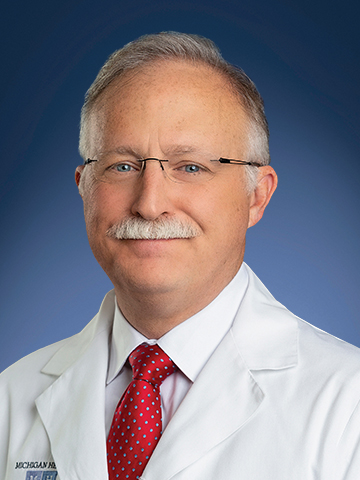B.E.F.A.S.T: Why Treating Stroke Quickly Is Essential


Neurosurgeon
Knowing the signs and symptoms of a stroke, and what to do when you spot them, may save someone’s life. The acronym, BEFAST, can help.
Catching Stroke Quickly Increases Chances of Survival
In the last three decades, medicine has made huge strides in stroke management — but the window of treatment is very narrow.
A stroke can get very bad, very quickly, meaning you have a limited amount of time to respond if you hope to have a good outcome.
In most cases, stroke can be treated with either medical or surgical therapy. But stroke remains the fifth leading cause of death and the number one cause of loss of independence, which is why it’s so important that people know the signs and act quickly.
Because of this, experts created the acronym BEFAST to help people remember and recognize the most common stroke symptoms.
- Balance problems, dizziness, and/or loss of coordination
- Eye trouble, including blurred vision and difficulty seeing out of one or both eyes
- Facial drooping or numbness on one side of the face
- Arm weakness or numbness on one side
- Speech difficulty, including stuttering and/or slurred speech
- Time to call 911 if a person shows any of these symptoms, even if they go away
Even with an acronym to remind you of stroke symptoms, you might not recognize the signs right away. It may be helpful to focus on the physical signs; if someone is unable to speak, has a facial droop or can’t move one side of their body, or if their hand flops down when you raise it, there’s a good chance that person is having a stroke.
The Importance of Comprehensive Stroke Treatment
Once you’ve identified signs of a stroke using BEFAST, it’s time to get help.
When you call 911, request that the person be taken to a comprehensive stroke center to ensure the most accurate diagnosis and best possible treatment.
The most crucial step when it comes to diagnosing a stroke is getting an image of the brain with a CT or CAT scan to determine the cause and type of stroke. Ideally, imaging will be followed by a more comprehensive evaluation using the stroke scale developed by the National Institutes of Health (NIH). This 42-point evaluation goes far beyond BEFAST, allowing healthcare providers to learn details about a stroke that help them determine how best to treat it.
Managing Expectations About Stroke Treatment and Recovery
How effectively a stroke can be treated, and how well a person recovers, depend largely on how early the stroke is diagnosed; the earlier the stroke is detected, the better the outcome is likely to be. When blood flow to the brain is blocked, which is what happens during a stroke, there’s going to be a certain amount of damage even after normal blood flow is restored.
This means stroke patients who have been successfully treated can still experience effects such as weakness on one side of the body or problems with speech, but often will recover to the point of independence. Recovery from a stroke usually takes between three and six months, but is highly dependent on the extent of the stroke.
Even better than catching a stroke early is not having one at all. Preventive measures such as maintaining a healthy weight and keeping blood pressure and cholesterol in check can go a long way in keeping your heart healthy and reducing your risk of stroke.